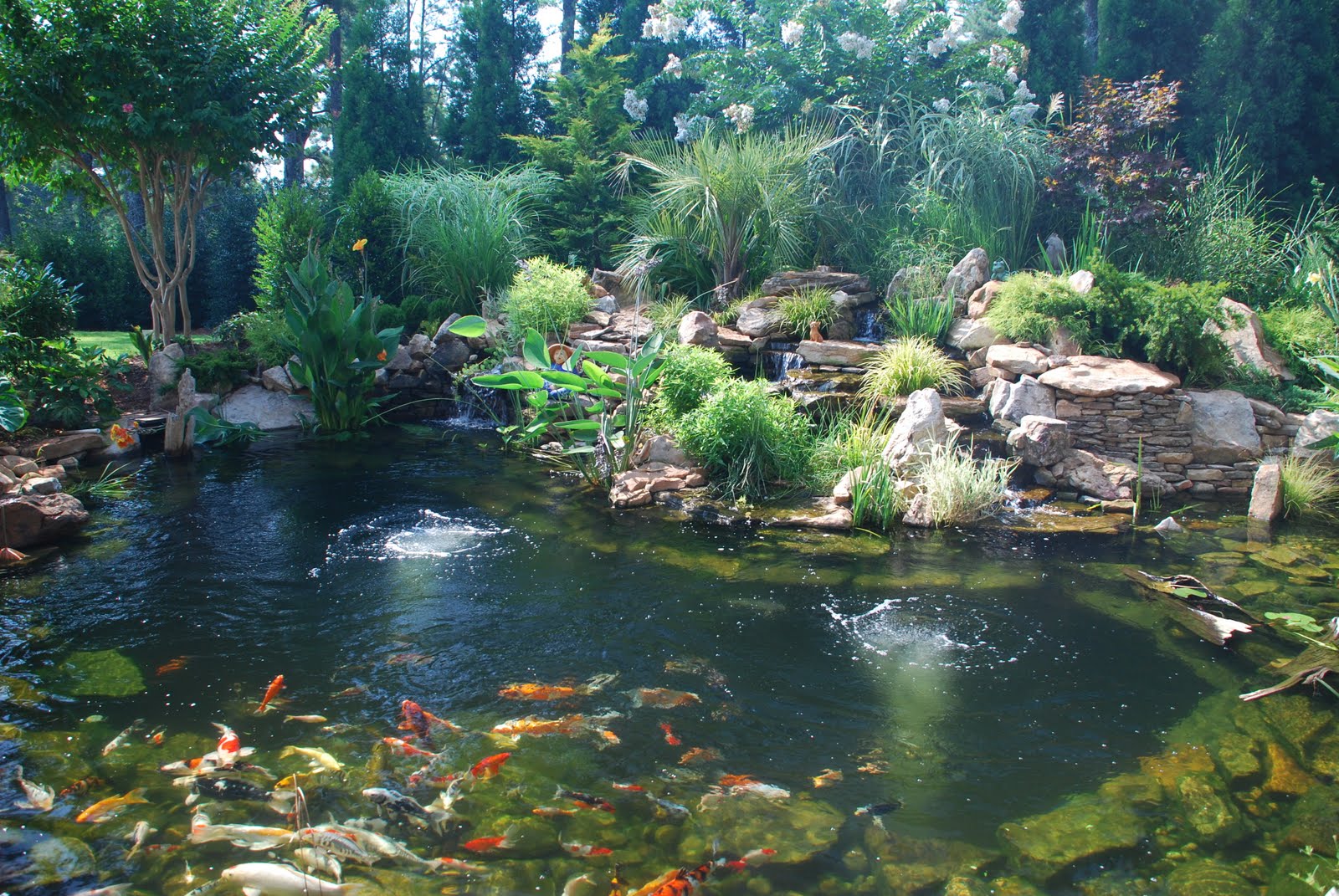
Reduce Your Electricity Bill with a Highly Efficient Koi Pond
Reduce Your Electricity Bill with a Highly Efficient Koi Pond
Are you tired of the skyrocketing electricity bills? Looking for innovative ways to reduce costs while maintaining a beautiful outdoor space? A highly efficient koi pond might just be the solution you’re seeking. Not only can a koi pond enhance the aesthetics of your garden, but it can also help you save a significant amount of money on your monthly utility bills.
Understanding the Electricity Consumption of a Traditional Pond
Before diving into the benefits of an energy-efficient koi pond, it’s crucial to grasp the electricity consumption associated with conventional ponds. Traditional pond setups often rely on high-energy consuming equipment such as water pumps, filters, and aerators to maintain water circulation, oxygenation, and filtration. These components collectively contribute to a substantial portion of your overall electricity usage.
However, by adopting efficient pond design principles, smart equipment choices, and alternative energy sources, you can significantly reduce your pond-related electricity expenses.
Designing an Energy-Efficient Koi Pond
When planning your koi pond, keep the following factors in mind to maximize energy efficiency:
- Location: Find a spot in your garden that receives ample shade, especially during the hottest parts of the day. This minimizes the water’s exposure to direct sunlight, reducing evaporation and the need for additional water circulation.
- Size and Depth: A larger and deeper pond can provide better temperature stability, reducing the reliance on heating or cooling devices.
- Insulation: Implement insulation measures, such as using insulating materials in the pond walls or covering it with a pond net during colder months.
- Shading: Planting trees or installing shade structures near the pond can prevent excessive heating and evaporation.
- Natural Filtration: Incorporate a natural filtration system, such as aquatic plants and beneficial bacteria, to maintain water quality without the need for energy-intensive filters.
- Water Features: Minimize the use of energy-consuming water features like waterfalls or fountains, or opt for efficient alternatives that have lower electricity requirements.
- Aeration Techniques: Utilize energy-efficient aeration methods, such as air stones or solar-powered aerators, to enhance oxygen levels in the water.
- Solar-Powered Equipment: Consider investing in solar-powered water pumps or filtration systems to rely on renewable energy for your pond’s needs.
Choosing Efficient Pond Equipment
Selecting the right equipment for your energy-efficient koi pond can make a remarkable difference in your electricity consumption. Here are a few factors to consider:
- Variable-Speed Pumps: Opt for energy-efficient variable-speed water pumps that can be adjusted to lower power consumption when less circulation is required.
- Energy-Efficient Filters: Look for advanced filtration systems that have been engineered to minimize energy usage while effectively cleansing the water.
- LED Lighting: Illuminate your pond with energy-saving LED lights that consume significantly less electricity compared to traditional lighting options.
- Smart Controls: Make use of automated timers and controllers to optimize the operation of your pond equipment, reducing wastage of energy.
- Solar-Powered Accessories: Consider solar-powered gadgets like floating lights or water features to add functionality without increasing your electricity bill.
Utilizing Alternative Energy Sources
To further reduce your reliance on traditional electricity, explore alternative energy sources for your koi pond. Here are a couple of options:
- Solar Energy: Install solar panels nearby to harness the sun’s energy and power your pond equipment during daylight hours.
- Wind Energy: If your garden experiences sufficient wind, consider installing a small wind turbine to generate clean energy for your pond.
- Hydroelectric Power: If you have a flowing water source nearby, using a hydroelectric power generator can help offset your pond’s electricity needs.
- Battery Backup Systems: Invest in a battery backup system to store excess energy generated during the day for use during the night or low sunlight periods.
Monitoring and Fine-Tuning
Once your energy-efficient koi pond is up and running, it’s essential to monitor its performance and make necessary adjustments. Regularly check for leaks, ensure proper functioning of equipment, and regularly clean filters to maintain optimal energy efficiency.
Enjoy a Serene Pond and Lower Electricity Bills
By implementing energy-efficient practices, using efficient equipment, and exploring alternative energy sources, you can significantly reduce the impact of your koi pond on your electricity bill. Not only will you be able to enjoy a serene and beautiful pond, but you will also contribute to a greener environment by minimizing your energy consumption.






